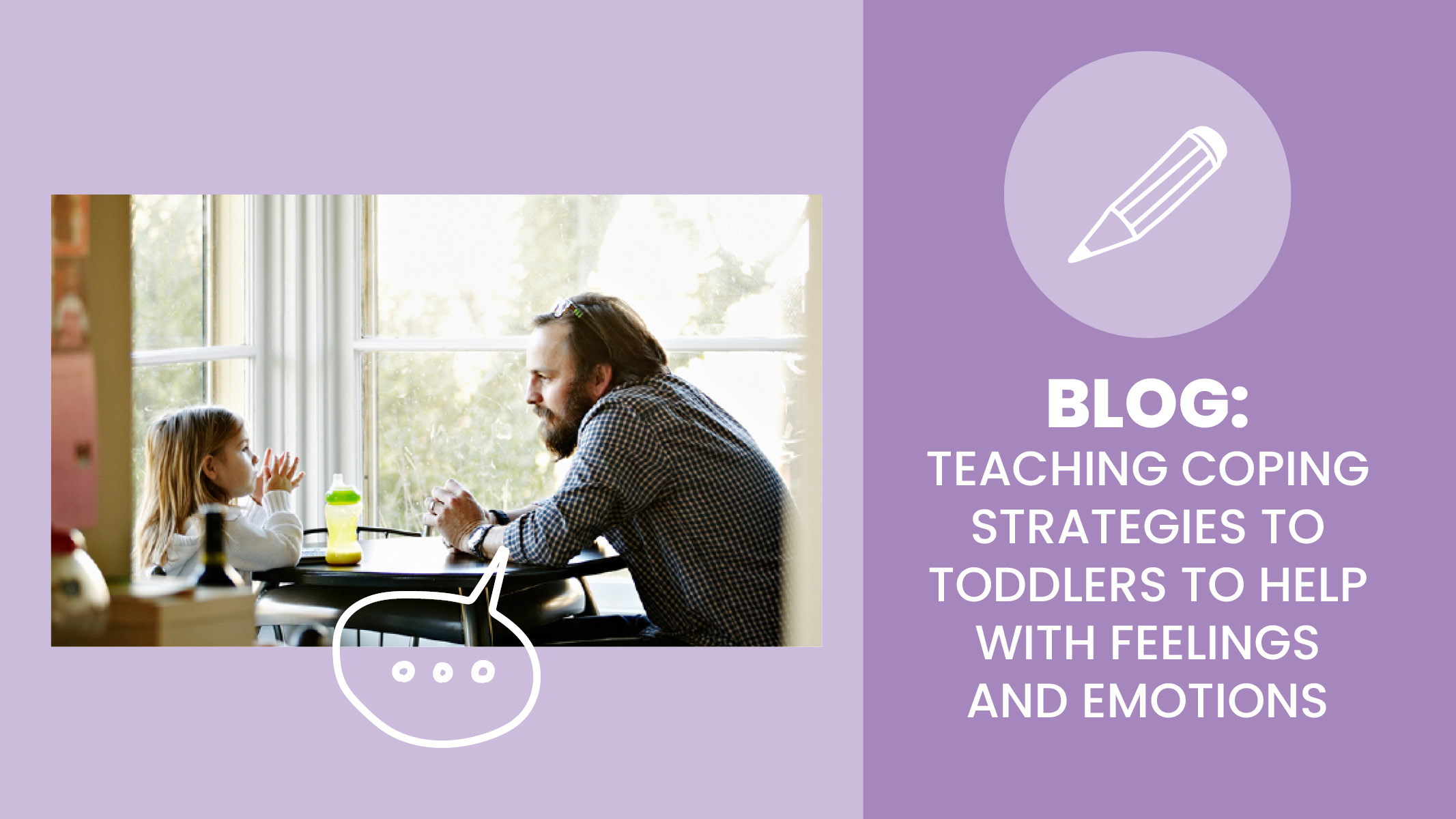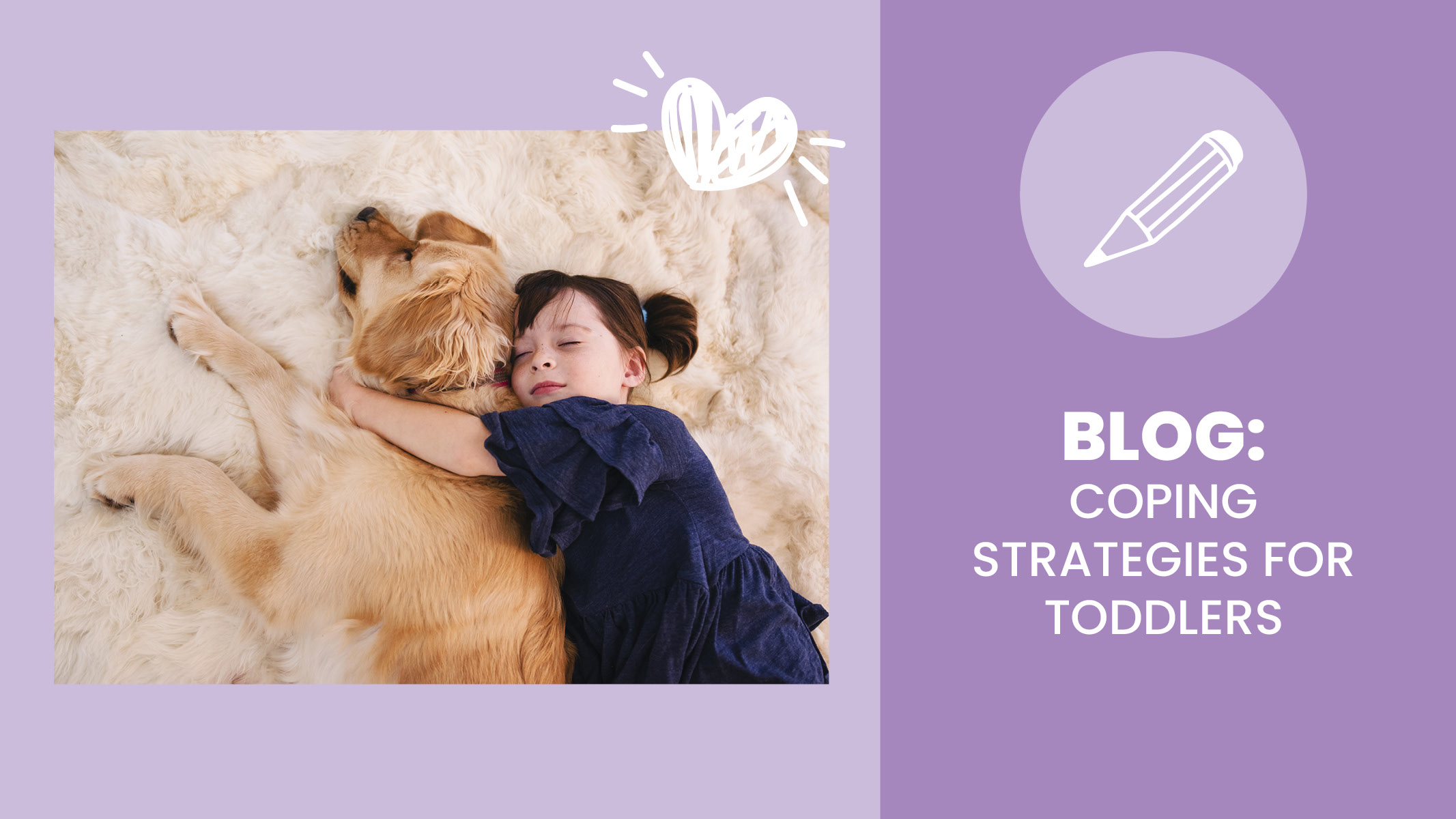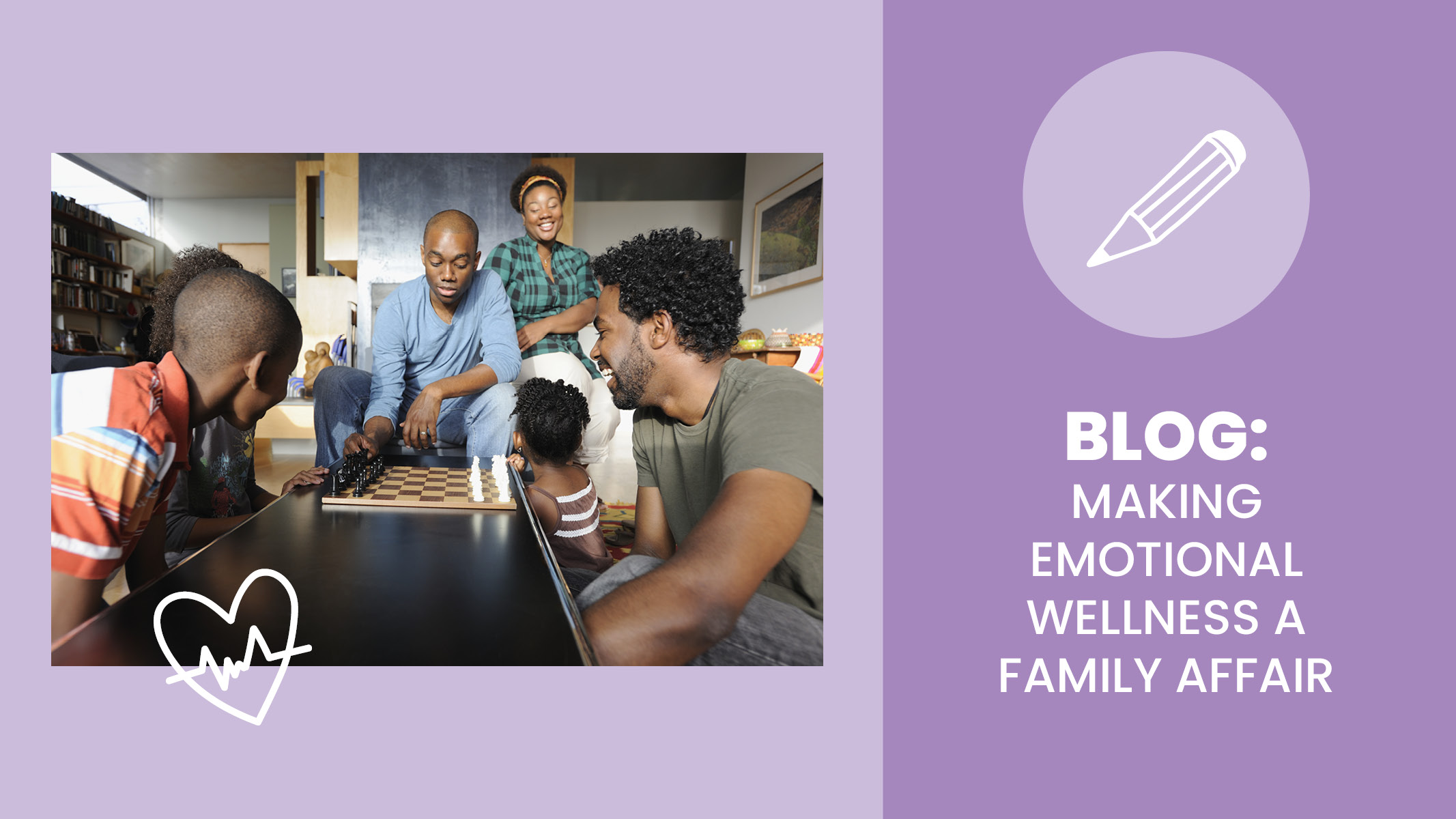As adults, our job is to teach children about their emotions and how to handle them in a healthy way. We spoke with Molly Schoenfelder, a Senior Social Worker from the Social Emotional Program at Sanford CHILD Services, to talk about feelings and emotions in toddlers and how we can help children positively cope.
“When considering children’s behavior, it can be helpful to know the difference between regulation, dysregulation, and co-regulation,” Molly explains. Let’s break these down together:
- When a person is emotionally regulated, they can think clearly, move from task to task easily, and feel emotions such as happiness, calm, focus, or relaxation.
- A dysregulated person may feel frustrated, worried, angry, and have a loss of control. Dysregulated individuals tend to display more intense emotions and unwanted behavior.
- The goal is for an individual to be able to regulate on their own. However, this is not a skill we are born with and must be role-modeled and practiced. When a regulated adult helps a child become calm, it is called co-regulation.
At a younger age, co-regulation along with encouragement, teaching, and modeling from an adult can help with a child’s emotional development. The younger a child is, the larger the role an adult plays in the child’s regulation. But keep in mind there is no set road map for emotional support. Older kids also greatly benefit from a caregiver who is invested in their well-being and continues to role model healthy coping strategies.
Coping strategies are tools that can help with co-regulation and enhance your child’s emotional well-being. According to Molly, “Coping strategies not only help children to handle big emotions in the moment, but it also increases their emotional intelligence. When they begin to notice how they are feeling, they are able to take action.
An important aspect of a toddler’s coping is the caregiver’s teaching of the skills. Just like reading or writing, we need to teach them the skill. We can’t expect them to know what to do without first teaching them, practicing the skill, and encouraging them to use the skill in the moment. Rather than focusing on their behavior, think about what you can do as a caregiver. What skills are they lacking and how can we teach them these?
When introducing coping strategies to toddlers, and children of all ages, it’s essential to first introduce the skills when they are calm and regulated. It’s difficult for a child to use a skill they have not practiced before when they are agitated or upset. Like adults, when we are emotional, we cannot think as clearly, and it can be difficult to complete tasks, especially new ones.”
Below are Molly’s top tips for teaching coping strategies to toddlers to boost their emotional development. If you’re looking for tips on teaching coping strategies to older kids and teens, click here.
1. Validate, validate, validate. Acknowledging and validating your child’s feelings, no matter what the feelings are, can be powerful. Toddlers and children want to feel heard and understood. For example, you can acknowledge their feelings by saying, “I see you’re sad because… It’s okay to be sad.” When children feel understood, they are more likely to continue to share their feelings verbally and in other healthy ways. Whereas when you dismiss, minimize, or ignore your child’s feelings, they will use behaviors as a way to communicate their feelings.
2. Be a role model. Children watch how we handle stress. If we aren’t coping with stress in appropriate ways ourselves, we can’t expect our child to either. As a caregiver, you play a large role in how your child responds to stress. As the adult, it is our job to teach them how to handle big feelings and stay calm. When they watch a grown-up work through a feeling of their own, it teaches them skills they can use to calm down.
3. Know your child’s triggers. Simply put, triggers are things that cause an emotional reaction. A trigger can be a certain experience or event. Identifying your child’s trigger can help you understand what is happening and allow you to better support them.
Remember to practice patience. Navigating your toddler’s feelings and emotions can be a large task to take on, and it will take time for your child to master coping skills in times of distress.
Now that you know some tools for teaching coping strategies to toddlers, it’s time to learn some specific strategies! Click here to check out this article on various coping strategies for toddlers.
Ready for More? You Might Also Like:
Top 10 Books for Talking About Feelings and Emotions with Kids
Emoji Mood Cards
Mindful Moments Cards


